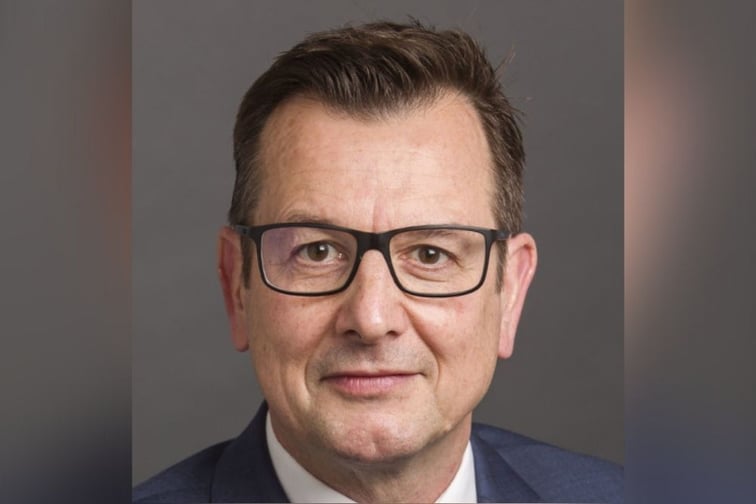

Protecting policy holders from natural disasters is at the top of insurers’ priority lists this year, and CoreLogic’s annual catastrophe report highlights three major predictions for how the industry will improve the property and casualty (P&C) sector.
“If we look at Swiss Re’s Sigma report, there was a total of US$81 billion of insured CAT losses in the United States. Seventy-one per cent (71%) of that number was made up from secondary perils, such as wildfires and convective storms,” said William Forde (pictured), CoreLogic’s senior director of international markets, insurance and spatial.
A primary peril is low frequency and high impact, like hurricanes or earthquakes. Secondary perils are high frequency and individual losses are not as high, but aggregate losses are more noticeable.
According to Forde, hail makes up a significant amount of secondary peril losses, while also being an incredibly difficult peril to insure as it’s expensive to send out professionals to assess hail damage.
“The industry is reacting to increased demand [for CAT protection] by introducing new ways to conduct business such as parametric insurance,” Forde added.
Traditionally, a premium is paid, and in the event of a loss, the insurance company is contacted, and someone is sent to assess the costs of losses and repairs. Meanwhile, parametric insurance is a contract between the insurer and insured, where a sum will be paid out instantly for a specific amount of damage.
Read more: What is parametric insurance?
“An easy peril to consider this insurance for is flood,” said Forde. “Someone does not have to be sent out to assess damage as the insurer pays out the parameter agreed for that particular peril.”
Wildfires have become a rapidly growing concern as well, and the industry is developing more initiatives to encourage resilience, such as mitigation-based credit.
New incentives give both insurance companies and insureds confidence about the coverage in place, and they drive proactive behaviour to reduce losses.
Forde mentioned that wildfires are increasing in importance and inching towards the primary peril category.
“We look at a risk score, a probabilistic model score, and forensic services to understand the impact of an event, such as wildfire, without actually going to the location,” he said. “Primary and secondary perils also very between different insurers, there’s a broad acceptance of how you can segment them.
“Year-over-year, we get more experienced at understanding these events. As technology improves, so do predictive models. As a result, this all helps insurance companies provide more profitable coverage which is the key moving forward.”
In 2022, there will be big changes in terms of implementing strategies to help protect P&C clients. “Mitigation-based credit and parametric insurance show how inventive the industry can be, and we expect to see more of that,” said Forde.
Catastrophe models will continue to be improved and they will refine the assessment of fiscal risks, transitional risk, and ESG requirements.
“These factors are of high importance as CAT models work to simulate what can happen in a given year,” Forde said. “Scientists are looking at range of different criteria and insurers will need more transparency to fully understand potential risks.”
